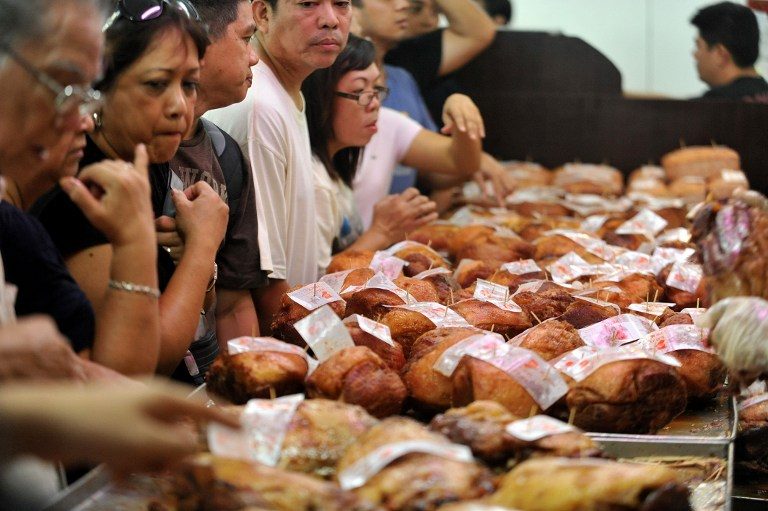SUMMARY
This is AI generated summarization, which may have errors. For context, always refer to the full article.

MANILA, Philippines – Increases in prices of basic goods and services are expected to be much faster this year, driven by higher oil and electricity rates as well as rising interest rates. In effect, this will likely hurt Filipinos’ consumer spending, according to the National Economic and Development Authority (NEDA).
NEDA Director-General Ernesto Pernia said on the sidelines of a forum in Makati City on Tuesday, January 10, that full-year inflation for 2017 will “likely be 3%,” which is within the government’s target range of 2% to 4%.
Full-year inflation for 2016 settled at 1.8%, which is its lowest in 29 years.
“Anything that is more expensive, we buy less of it. Consumer goods spending will probably be less brisk with higher inflation,” Pernia said. (READ: BSP maintains monetary policy, inflation targets)
According to the NEDA chief, higher inflation this year will be driven by “rising interest rates and hike in oil and electricity prices.”
Last month, the rate per kilowatt hour (kWh) of the Manila Electric Company (Meralco) for an average of 300 kilowatts-per-month consumption slightly increased to P8.70 from P8.60 in November.
Meralco’s generation rate per kWh also increased to P3.90 in December from P3.80 in November, but still below P4.10 in 2015.
Also, the average price of diesel in Metro Manila among the “big 3” oil companies jumped to P29.10 per liter from P27.30 in the previous month, which is also higher than the P23.90 registered in the same month in the previous year.
No significant impact on GDP
But according to the NEDA chief, this will “not significantly impact” the country’s gross domestic product (GDP) growth.
“[For the full year of 2016], GDP growth will likely be around 6.9%. I hope it will be 7%. It will be around that neighborhood,” Pernia explained.
The Philippine economy grew by 7.1% in the 3rd quarter of 2016. This was mainly driven by private consumption, which grew by 7.3% over the 6.1% in 2015, supported by low inflation and interest rates.
For 2017, the government expects the country’s economic growth to be between 6.5% and 7.5%.
Although the Duterte administration lowered its GDP growth targets, the country’s economic outlook remains one of the highest in the region.
Economic managers remain optimistic about the growth potential of the domestic economy despite the weak global forecast and recent market developments in the United States, European Union, and the Association of Southeast Asian Nations (ASEAN). – Rappler.com
Add a comment
How does this make you feel?
There are no comments yet. Add your comment to start the conversation.